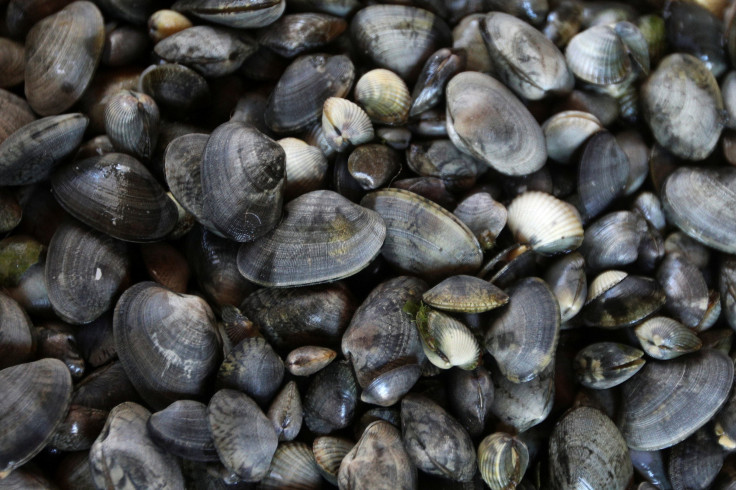Clams, Worms Fart Their Way Into Greenhouse Gas Contribution Territory

As the amount of greenhouse gases in the atmosphere continues to rise, leading to climate change and global warming and other related phenomena, climate scientists are working toward identifying all the possible sources that contribute to carbon emissions, so that they can be addressed in whatever ways are practical.
While human activity is by far the biggest contributor to emissions of carbon dioxide, methane and nitrous oxide — among the worst of the greenhouse gases — we have known for many years now that cattle, especially the bovine variety, are a large source of methane emissions as well. The bacteria in the guts of cows produce flatulence, or farts, that is rich in methane (chemical composition CH4).
Methane is many times better at trapping heat in the atmosphere than carbon dioxide (CO2) but dissipates much faster, reducing its impact somewhat. And now, British and Swedish researchers have found another windy source of methane emissions — clams and worms. These bivalves and polychaetes (scientific names for the families they belong to) also produce nitrous oxides with the bacteria in their guts.
The researchers from Cardiff University in the United Kingdom and Stockholm University found that about 10 percent of methane emissions from the Baltic Sea in northern Europe could be caused by clams and worms, which amounts to the same amount of methane that would be farted by 20,000 cows.
“It sounds funny but small animals in the seafloor may act like cows in a stable, both groups being important contributors of methane due to the bacteria in their gut. These small yet very abundant animals may play an important, but so far neglected, role in regulating the emissions of greenhouse gases in the sea,” Stefano Bonaglia from Stockholm University, who was lead author of a study on the subject, said in a statement Friday.
To put the number of 20,000 cows into context, the United States had an estimated 9.3 million dairy cows at the end of 2016, according to data compiled by the U.S. Department of Agriculture. Around the world, there are about 1.4 billion cows in all, an Economist count of livestock found. But it must also be kept in mind that the study looked at only the Baltic Sea, which accounts for just about one-thousandth of the planet’s oceans.
“What is puzzling is that the Baltic Sea makes up only about 0.1 percent of Earth’s oceans, implying that globally, apparently harmless bivalve animals at the bottom of the world’s oceans may in fact be contributing ridiculous amounts of greenhouse gases to the atmosphere that is unaccounted for,” Ernest Chi Fru from Cardiff University, who was co-author of the paper, said in the statement.
Once released into the water by clams and worms, the greenhouse gases eventually make their way to the atmosphere and contribute to global warming.
The open-access study, titled “Methane fluxes from coastal sediments are enhanced by macrofauna,” appeared online Friday in the journal Scientific Reports.
© Copyright IBTimes 2024. All rights reserved.





















